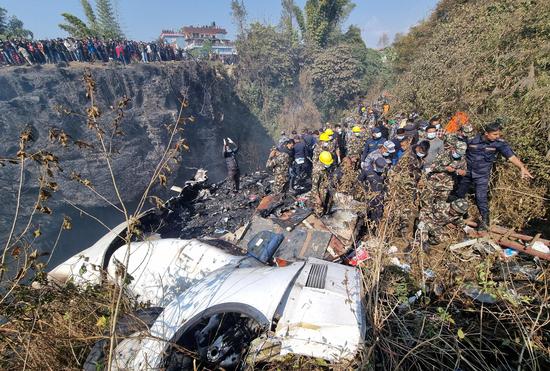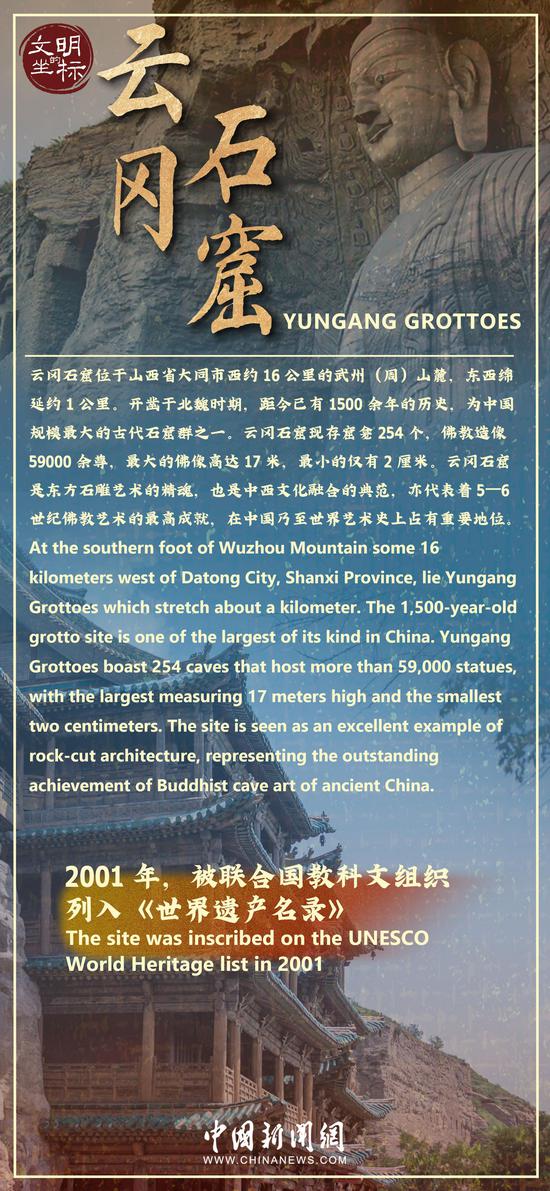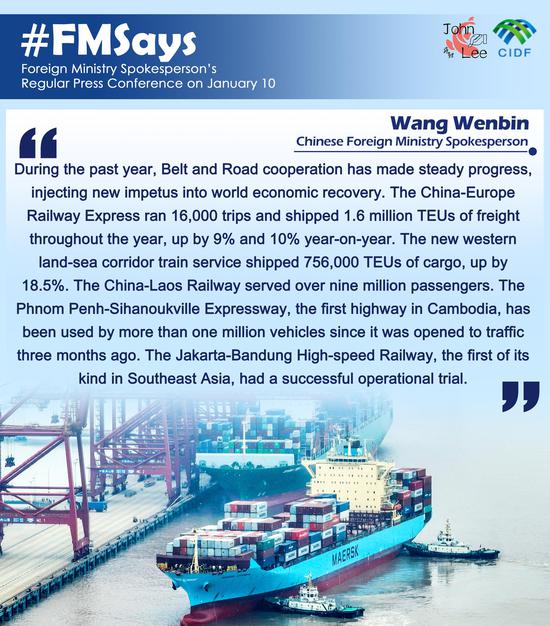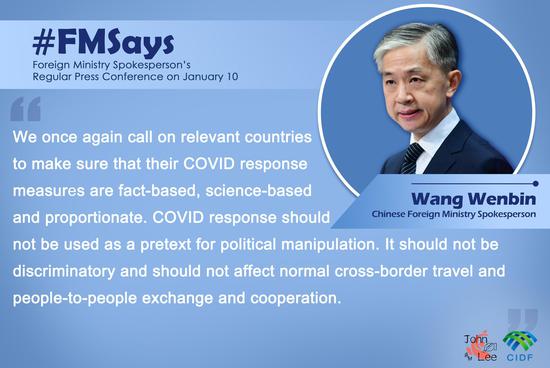
Photo taken in July, 2022 show elephants roaming near the Kangping County in Puer City, SW China's Yunnan Province.
By HU Yuanhang and HAN Shuainan, China News Service (CNS)
In recent years, because of degrading habitats, more and more wild elephants walk out of the forest and enter the area of human activity. As human and elephant habitats increasingly overlap, conflict between the two species is becoming more and more fierce. This is not only a challenge faced by many countries where wild elephants live, but also a microcosm of the international conflict between biodiversity conservation and economic and social development. Chen Fei, a director of the Asian Elephant Research Center of China's National Forestry and Grassland Administration, and Ahimsa Campos-Arceiz, a renowned international elephant expert and researcher in the Megafauna Ecology and Conservation Group at the Chinese Academy of Sciences's Xishuangbanna Tropical Botanical Garden, were invited for a dialogue in the "W.E. Talk" section of China News Service (CNS).
Here are the excerpts from the transcript:
CNS: Last year, more than 10 wild elephants in Yunnan Province safely finished their northbound trip, returning to their natural habitat. This attracted world attention to the problem of human-elephant conflict. What results in human-elephant conflict? What is its impact?
Chen: A number of human-elephant conflicts result from habitat loss and fragmentation. Human-elephant conflict is common in the global areas where elephants are distributed, no matter whether they are Asian or African elephants, which brought about heavy losses. In the last 100 years, the population of African elephants has decreased from 3 million to 5 million to 470,000 to 690,000; and the population of Asian elephants has decreased from 100,000 to 40,000 to 50,000. The elephant population has been dwindling because of habitat loss, ivory poaching and human-elephant conflict. Humans are also facing serious threats and losses. In India and Sri Lanka, over 100 people are killed or injured each year i elephant accidents. In Kenya, more than 200 people have died in African elephant accidents in the last seven years; at the same time, residents also suffer a lot of property losses. Some peasants may lose their livelihood for a year because of temporary plunder by elephants, and larger farms suffer great losses every year.
Campos-Arceiz: In fact, as long as humans and elephants live on the same land, no matter what the local climate, environment and culture, human-elephant conflict will inevitably occur. The essence of it is the competition for resources, which has existed since ancient times. However, as humans have appropriated more and more natural resources, human factors have prevailed. Human-elephant conflict becomes directly due to the loss of natural habitat.
CNS: What measures have the countries where elephants are found taken to tackle the human-elephant conflict? And what is the effect?
Chen: In recent years, the awareness of the need to protect Asian elephants has gradually increased. Asian elephants have become unafraid of human beings and frequently walk out of the reserve to eat crops. In addition, the number of Asian elephants has increased, making the conflict worse. In other countries, biological, physical or chemical deterrents such as bees, pepper spray and tobacco are used to keep elephants away from farmland and human settlements. But in many cases drastic and confrontational measures only increase their aggression. In addition, other countries have defended themselves by planting crops that elephants dislike. Meanwhile, important methods are also employed to manage and control elephants that cause trouble. For example, Malaysia transfers some of its elephants to other forest areas every year. Kenya's wildlife conservation administration will shoot 50 to 120 elephants causing trouble every year to protect local people and cash crops. Countries such as Nepal and Indonesia are building important migration corridors to reduce humans' contact with elephants. But overall, there is no better choice in the world so far to completely avoid human-elephant conflict.
Campos-Arceiz: The relationship between humans and elephants is further complicated by differences in the behavior of wild elephants because of the regional environment and human environment. For example, in China, there are more humans and fewer elephants. The habitat of elephants in China is relatively fragmented, and most of the land around the habitat is used by humans. Thus, it is likely they will encounter humans. In Malaysia, there are fewer humans and more elephants, and a large area of land is used to grow palm trees. Elephants' activity can damage palm trees, but their chance of encountering people is much lower. In Sri Lanka, there are more humans and more elephants, and the probability of human-elephant conflict is relatively high. Although the locals love Asian elephants very much, some people have to kill Asian elephants to relieve the human-elephant conflict when it intensifies. Therefore, when discussing the truth of human-elephant conflict, we should consider the factors of human beings, Asian elephants, and the environment.
At present, from a global perspective, some regions take a radical approach in dealing with the human-elephant conflict by shooting. However, some Asian regions are less radical. They will take some measures to frighten elephants to leave, but the elephants will return after they realize that humans will not pose a real threat to them. In some regions, Asian elephants will be transferred from a conflict region to another region, but usually,they will return to their original home. In some other regions, electronic fences have been invented and widely employed, which are effective. In general, there is no way to eradicate the human-elephant conflict, only to reduce it to an acceptable level.


















































 京公网安备 11010202009201号
京公网安备 11010202009201号